Aesthetic Medicine Congress 2021
IV AESTHETIC MEDICINE CONGRESS
A unique educational event for dentists who work or want to expand their range of services with treatments in the field of aesthetic medicine. Take advantage of the theoretical and practical knowledge provided during the Congress and check the latest products and trends in the aesthetic industry during the fair.

Schedule of the Aesthetic Medicine Congress during the Warsaw Dental Medica Show
Hall no. 1
10.00 – 10.30
Contrary to the habits – new formulas and challenges of BONT-A treatments.
Type A botulinum toxin has been successfully used for over 20 years to reduce wrinkles in the upper parts of the face and to reduce the formation of new ones, giving a quick and controlled effect thanks to the relaxation of the muscles that cause these imperfections. Many years of experience in the use of botulinum toxin in real clinical practice have allowed to identify new needs for this therapy, both on the part of the doctor and the patient. The answer to them are new BoNT-A formulas developed as part of clinical trials, which, apart from improving the treatment protocol, are primarily intended to improve the effectiveness and safety of treatment. Solid clinical data and a production process based on environmentally friendly solutions are positive trends that set the directions in this area
lek. Magdalena Korwin
10.30 – 11.00
From qualification to satisfaction. The effectiveness of treatments with the use of botulinum toxin in 5 steps.
The lecture will answer the question of how to obtain precise and predictable effects of therapy with botulinum toxin type A (BoNT-A). The wrinkle reduction effect of using botulinum toxin varies depending on the patient and the area of treatment. Key factors influencing the clinical response include: individual anatomy, process of preparation of the toxin, relationship between dose and response to treatment, and storage time of the reconstituted solution. Understanding the clinical pharmacology of BoNT-A therapy can be useful for standardizing toxin administration techniques and achieving consistent and optimal therapeutic effects.
dr hab. n. med. Joanna Czuwara
11.00 – 11.30
Key factors affecting speed of action and duration of effects. Modern understanding of the mechanism of action of botulinum toxin.
Type A botulinum neurotoxins have the same mechanism of action, and the effect obtained is related to the dose used. Treatment efficacy in terms of onset of action and duration
the persistence of the response depends on the content of active neurotoxin per recommended dose. Clinical data indicate the existing differences between individual BoNT-A in relation to the above parameter, also referred to as the molecular potential, which translates into the obtained results of aesthetic treatment.
dr hab. n. med. Joanna Czuwara
11.30-12.15
How to create a perfect office
The office is a living organism. It is not only the premises and its location, decor and range of services, but also a team of educated, motivated and prepared people to help patients. And cooperation in a team can be a much more demanding phenomenon than equipping with the latest equipment and organizing a professional marketing campaign. The best way to improve the quality of medical services is to constantly look at your business from the patient’s perspective. It is the patient who sees what we are good at and what we lack.
Zbigniew Kowalski is a lecturer and consultant who led “cabinet revolutions” for several hundred institutions in the country and abroad. During the lecture, based on almost twenty years of practice, he will present the key elements that should be taken care of so that the office systematically approaches perfection.
Zbigniew Kowalski
12.15-13.00
Quo Vadis Medycyno Estetyczna
The aesthetic medicine market is an extremely dynamic segment in which patient trends and consumer behavior are of great importance. Together with Croma, we have been researching success factors in the industry for 3 years, based on quantitative analyzes and in-depth interviews with patients from all over Poland. In my presentation, I will present the latest results of the aesthetic medicine market research, which may be crucial for the effective management of the office and its promotion. I will tell you how the expectations of patients have changed in recent years and what is most important today from the patient’s perspective in the place where they want to perform the procedures.
Mariusz Smoliński
13.30 – 15.00
Holistic therapy with a patented amino acid formula – from nutraceutical to home care.
During the lecture we will show the role of mitochondria in immunometabolism and effective methods supporting the biogenesis of these extremely important cell organelles. We will present preparations based on the patented formula of amino acids and hyaluronic acid in both aesthetic and therapeutic applications. We will propose a protocol supporting the effects of treatments performed by appropriately selected home care.
15.45 – 16.15
Basics of laser therapy
The development of laser therapy today has one goal: to meet the growing expectations of customers, equipping offices and clinics with the largest possible number of technologies contained in one device. Nd: YAG lasers specialize in something else, for which we appreciate Er: YAG. Q-switched solutions also have a specific purpose. During the lecture, the physical basics of laser beam generation and its unique features will be discussed. Subsequently, the mechanisms of interaction of the laser beam with the tissue as well as the key parameters in laser therapy and their interrelationships will be presented. Health and safety rules for working with lasers will also be presented and we will tell you why and how to choose the right protective glasses.
dr Paweł Kniażewski
16:15 – 17:00
Laser treatments in your office
See what FOTONA laser platforms can do in the field of aesthetics and aesthetic medicine. Over 50 years of experience has enabled the company to create advanced and versatile laser technologies. Laser heads combined in intelligent, multifunctional systems provide clinics and offices with the full spectrum of laser treatments. During the lecture, the treatment procedures and effects of work using the most powerful combination of Er: YAG and Nd: YAG lasers in the Fotona Spectro SP laser and the ultra-efficient PICO-NANO-KTP Fotona StarWalker® system will be presented.
lek. Anna Jędrowiak
09.30-10.00
Linerase – atelocollagen in aesthetic indications and in the treatment of changes on mucous membranes.
Atelocollagen is a preparation known and used in Poland for many years, its advantages have been associated so far with the effective improvement of skin quality. Recent studies show the effectiveness of the preparation in the treatment of Wilson’s lichen, leukoplakia on the mucous membranes of the mouth and intimate areas.
Dr Edyta Adamczyk – Kutera
10.00-10.30
BTL EMBODY – build your muscles
High-Intensity Focused Electromagnetic Technology (HFEM) is a technology that has clearly marked its presence in the beauty services market in the last two years. What is the phenomenon of its popularity? How do the processes it induces in muscle and adipose tissue work? How can we use this technology in treatments combined with other body shaping and slimming solutions? The lecture will be based on my own experience and clinical trials.
lek. med. Jarosław Rządkowski
10.30-11.10
Anatomy and aging of the face. Anatomical traps in aesthetic medicine
Traditionally, the aging process of the face has been viewed through the prism of gravity-induced tissue sinking and the declining elasticity of the skin. Today we know that the processes responsible for the aging of the face are more complex, and changes that are visible externally, including wrinkles on the skin, are now explained as secondary consequences of the aging process. The paradigm shift in correcting the symptoms of facial aging results directly from the broadening of knowledge about the aging processes at the physiological, anatomical and clinical level, hence the evolution of injection techniques of hyaluronic acid preparations, allowing to achieve the maximum lifting effect without causing redrawing or excessive correction of the face. This lecture will be a practical support for both novice doctors and those who want to refresh their knowledge of the anatomy and aging processes of the face. The combination of substantive information, anatomical illustrations, clinical photos and film materials will allow you to get acquainted with the topic in detail.
The lecture will discuss: the aging process of the face, facial anatomy in terms of aesthetic medicine treatments and the principles of safe use of hyaluronic acid preparations, allowing to minimize vascular complications and achieve measurable results, while maintaining the requirements of facial aesthetics.
Dr Lidia Majewska
11.10-11.50
From mesotherapy to biostimulation
Tissue biostimulation is a rapidly developing direction in anti-aging medicine. The possibility of selective action at the cellular and receptor level makes modern skin regeneration products more and more effective, and the risk of side effects is minimal. The topic of my lecture will be the discussion of classical mesotherapy and tissue stimulation with the use of long-chain polynucleotides. The presented products work using three directions of activity: receptor, stimulating fibroblasts to differentiate and produce proteins of the extracellular matrix, binding water in the deep layers of the dermis, ie the “electrostatic sponge effect” and antioxidant, consisting in the long-term capture of free radicals. I will also share with you my clinical experiences with the use of these preparations.
Prof. Wioletta Barańska-Rybak
11.50-12.30
The use of fillers based on hyaluronic acid
Skin aging is a natural, irreversible, multifactorial process resulting from the passage of time; consists in reducing the activity of cells and slowing down the mechanisms of their renewal. The first wrinkles, known as mimic wrinkles, appear around 25-30 years of age. With time, wrinkles not related to facial expressions become visible, which also persist during rest – static wrinkles, e.g. deepened nasolabial folds, wrinkles around the mouth and all over the skin of the face. They are visible symptoms of slow changes taking place within all structures of the face. For this reason, the aging of the face should be considered in terms of three dimensions, assessing the condition of bone tissue, the muscular system and the skin. Only a comprehensive, multidirectional approach to restoring volume and smoothing wrinkles will restore the face to a younger, natural look. Supplementing the deficiencies within the intra-facial area, filling the folds, correcting the lips, modeling the mandible, chin and temples with hyaluronic acid preparations will bring the expected facial rejuvenation effect.
Treatment strategy – Dr Iwona Marycz-Langner
12.45-13.45
Possibilities of using dental lasers in aesthetic medicine
Jernej Kukovic is a consultant dermatovenerologist specializing in laser medicine, dermato-oncology and dermatosurgery. Dr. Kukovic graduated from the Medical University of Ljubljana in Slovenia, and then completed an internship at the Surgical Clinic of the University Medical Center in Ljubljana. He worked as a physician at the Clinic of Reconstructive, Aesthetic, Plastic Surgery and Burn Treatment and at the Dermatovenerology Clinic, both at the University Medical Center in Ljubljana. He also works as a physician at the Remeda Medical Center in Domžale, Slovenia.
Dr Jernej Kukovic
14.00-16.10
Botulinum Toxin Symposium
Moderator: Iwona Król – Starzomska, Galderma Medical Advisor
Topics of individual lectures:
1. Doctor versus patient – differences in expectations and evaluation of the effectiveness of treatments.
The condition for a successful aesthetic treatment is adequate communication between the patient and the doctor and proper identification of the expectations of both parties, as for the final effect. The practitioner has to face the challenge of deciphering the motivations of the patient in achieving his specific needs. A properly performed procedure in the field of aesthetic medicine is a complex process not limited only to the choice of the proposed therapy and its application, but above all to make the patient aware of the possibility of achieving the expected results and possible risks.
Lecturer: lek. Krzysztof Widerkiewicz
2. Diversity of anatomical structure and adjustment of the treatment protocol to achieve the best clinical results.
patient’s sex, muscle mass, blood vessel density and adjustment of the treatment protocol with the use of a neuromodulator, which is botulinum toxin, the basic factor that allows to achieve the desired results of aesthetic treatment. The lack of knowledge in this field makes it impossible to master the correct technique of botulinum toxin injection, increasing the risk of postoperative complications and exposing the patient to danger. Taking into account the individual conditions of each patient, everything should be done to minimize the risk based on your own knowledge.
Lecturer: dr hab. n. med. Joanna Czuwara
3. Combining BONT-A with preparations for tissue stimulation – Mezobotox – hit or putty?
Is “mesobotox” used as a combination of diluted botulinum toxin and tissue stimulator the key to therapeutic success in patients who expect natural aesthetic effects? Are there any clinical data to prove that this type of procedure is scientifically effective? What aspects should be considered when planning an aesthetic procedure tailored to the needs of a patient expecting a minimally invasive and effective therapy?
Lecturer: lek. Magdalena Korwin
4. Effective application of botulinum toxin in the craniofacial area – bruxism, tension headaches, gingival smile.
Bruxism leading to non-physiological abrasion of the tooth surface, chronic headaches, changes in the face oval and a gingival smile, during which the teeth become optically smaller and the smiling face seems not very attractive – these are one of the most common indications for the use of botulinum toxin in the field of dentistry. The lecture will be based on clinical data and own experience in this specific patient population.
Lecturer: Dominika Polak, MD, PhD
5. Factors increasing the risk of side effects, complications and patient dissatisfaction with the procedure. How to avoid them and what standard of conduct?
Lecturer: lek. Magdalena Korwin
6. What will the future hold? – review of new indications for the use of botulinum toxin.
The use of botulinum toxin has revolutionized the treatment options for a variety of indications in many therapeutic areas, for which it certainly aims the impact of rapidly emerging effects and an acceptable safety profile. The list of further indications assessed in clinical trials and actual medical practice is constantly growing. The lecture summarizes the latest reports on the potential use of BoNT-A
Lecturer: dr hab. n. med. Joanna Czuwara
16.15-17.00
Tissue stimulators – new possibilities in aesthetic medicinej
dr Łukasz Preibisz
10.00-10.30
CO2 laser – why is it a must in an aesthetic medicine clinic?
The aesthetic medicine market is dynamically developing. Growing competition forces surgeries to introduce higher and higher discounts to their offer, larger promotions and other offers reducing the profitability of the surgery while increasing the costs of running a business. Another way to develop the clinic and attract new patients is to expand its offer. One of the solutions may be the introduction of devices, e.g. a CO2 laser, to the offer.
lek. Krzysztof Kaczyński
10.30-10.55
Royal treatments – Victoria facelift
Dr Maciej Panek
10.55-11.20
Basics of face modeling
dr Maciej Rogala
11.20-11.45
Lips modeling
Dr Karolina Winkel
11.45-12.05
Questions for the authors of the films
12.25-12.45
Harmony program – a comprehensive assessment of the face, skin quality and determining the sequence of treatments in the field of aesthetic medicine.
More and more often, an aesthetic patient comes to the office with a certain vision of his appearance and a desire to make specific changes. But are they really always right? How to meet the patient’s expectations, recommend the most appropriate treatment mix and achieve natural results? We present the Harmony program, developed by a consilium of doctors from 18 countries, which systematizes aesthetic consultations and increases the patient’s awareness of the essence of a comprehensive assessment of the face, and not only selective areas.
Karolina Stopińska – Brand Manager Medical Devices, Galderma
14.00-15.00
Restylane MasterClass Tips & amp; Tricks – treatment demonstrations based on video materials of hyaluronic acid injection techniques
Moderator – Karolina Stopińska Brand Manager Medical Devices Restylane & amp; Sculptra
1. Eye area through the eye of an ophthalmologist
Currently, over 42% of patients choose the eye area as the first area undergoing aesthetic dermatology treatments. The area around the eye is a challenge for the clinician as it is a very delicate area. The orbit is an area richly vascularized and innervated.
The skin in this area ages faster than in other parts of the body, mainly because it is very thin, has no subcutaneous tissue, and is almost devoid of sebaceous glands. With time, the laxity of the tissues of the eyelids appears and intensifies not only, but also the eye muscle, the levator of the eyelid, and the orbital septum.
These changes are noticeable in the form of skin laxity, drooping eyelids, drooping eyebrow arches, the appearance of fatty hernias, the impression of an eye collapse and its reduction.
During the workshop, techniques for the regeneration of the eye area will be presented, in particular modeling the middle part of the face, filling the tear valley, upper and lower eyelids based on advanced knowledge of the anatomy of this area.
The algorithms for dealing with complications, such as blindness, orbital hematoma, and the risk of stroke, will be presented. A practical scheme of the procedure will be presented.
Lek. Magdalena Korwin
2. Jaw line, chin, mouth – injection treatments in the lower part of the face using Restylane hyaluronic acid fillers.
More than half of the aesthetic medicine treatments are performed in the lower parts of the face. One of the most common treatments is modeling and giving volume to the lips, or shaping the chin. Despite the popularity of these treatments, the area of the lower face is not an easy treatment area due to the geometry, comprehensive perception of the patient and its attractiveness. The signs of aging are highlighted in this part of the face very clearly due to gravity, which increases the visibility of the loss of fat pads, skin thinning and loss of elasticity. After building the lower part of the face, jawline and chin, you can also predict the way of aging, so you can plan preventive treatments to correctly model the shape and features of the face and give the patient a more attractive appearance. During the lecture, there will be an opportunity to learn about the practical use of the Harmony program for patient assessment and a personalized approach to treatments in the area of the lower face in patients of all ages. The techniques of modeling the lower part of the face, i.e. the jawline, chin and lips, using Restylane products that allow for natural effects, will be discussed. All treatments will be presented on the basis of video materials
Lek. Krzysztof Widerkiewicz
15.00-15.30
The role of the extracellular matrix and effective methods of its regeneration.
The use of Sunekos 200 in patients with impaired salivation.
Dr Edyta Adamczyk – Kutera
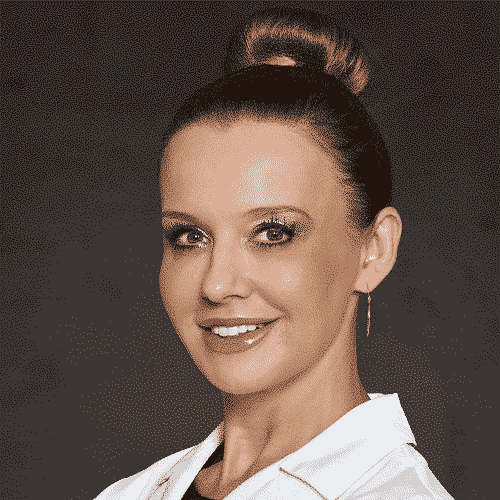
Prof. dr hab. n. med. Wioletta Barańska – Rybak

Dr Iwona Marycz-Langner

Mariusz Smoliński
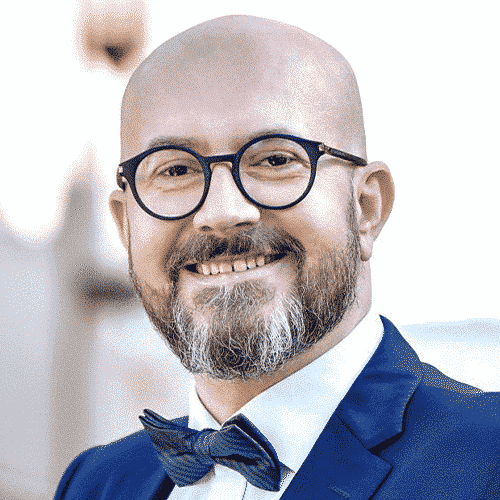
Zbigniew Kowalski

dr n. med. Dominika Polak

dr hab. n. med. Joanna Czuwara

lek. Magdalena Korwin

lek. Krzysztof Widerkiewicz

Karolina Stopińska
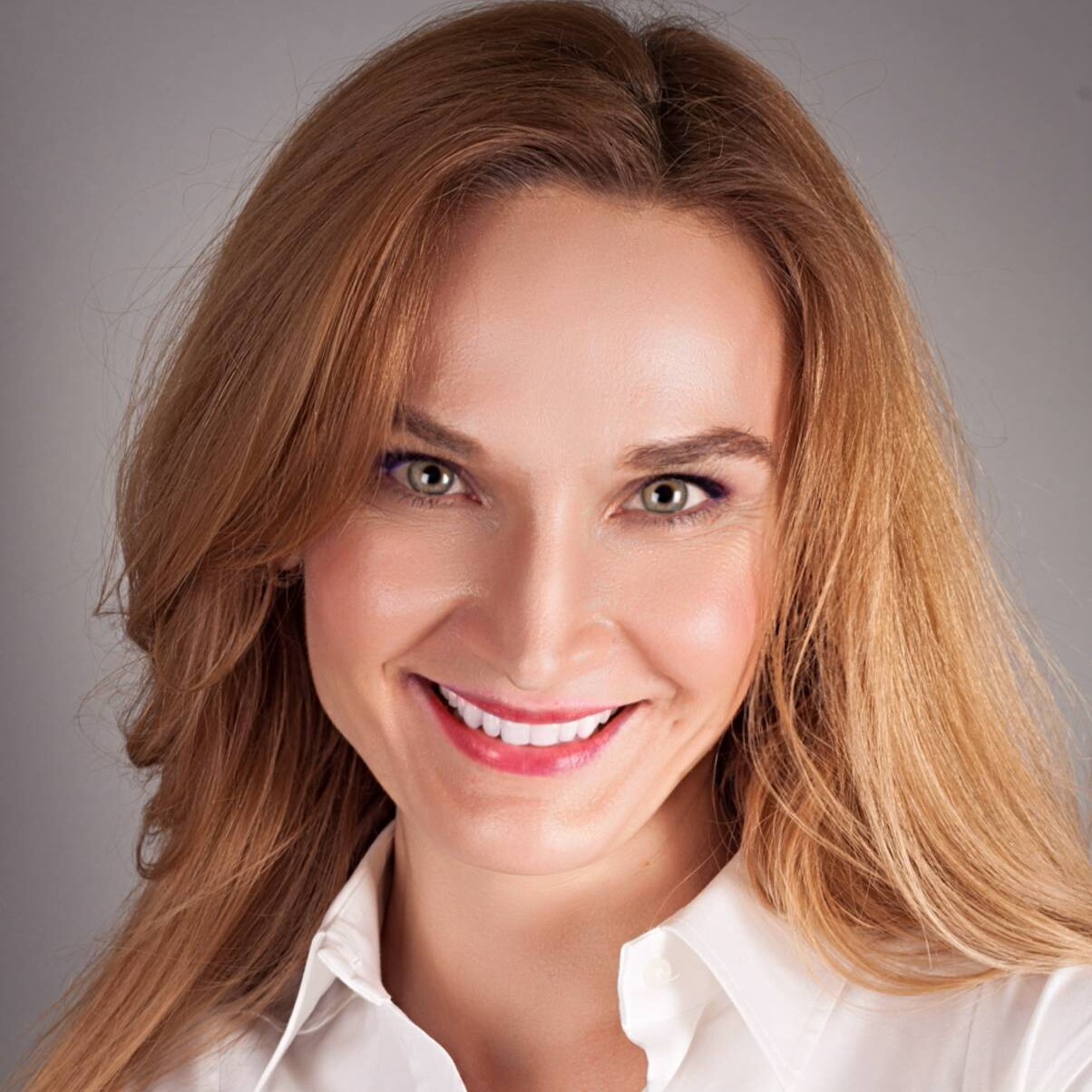
Dr n. med. Lidia Majewska
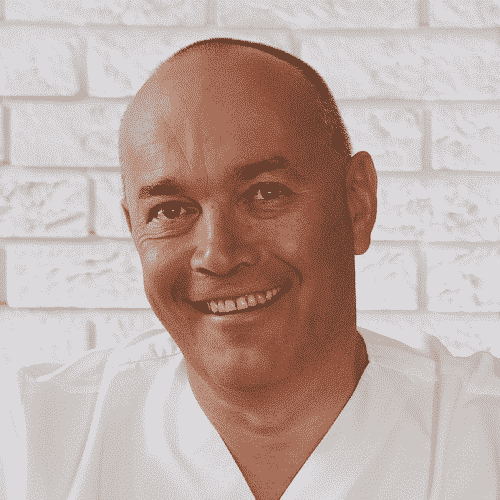
Dr Łukasz Preibisz

Dr Edyta Adamczyk – Kutera
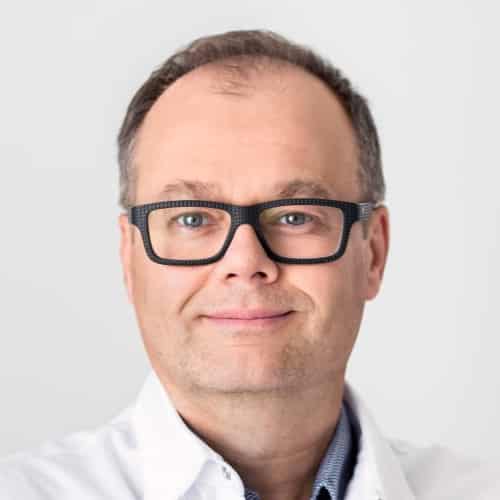
Dr Krzysztof Kaczyński


